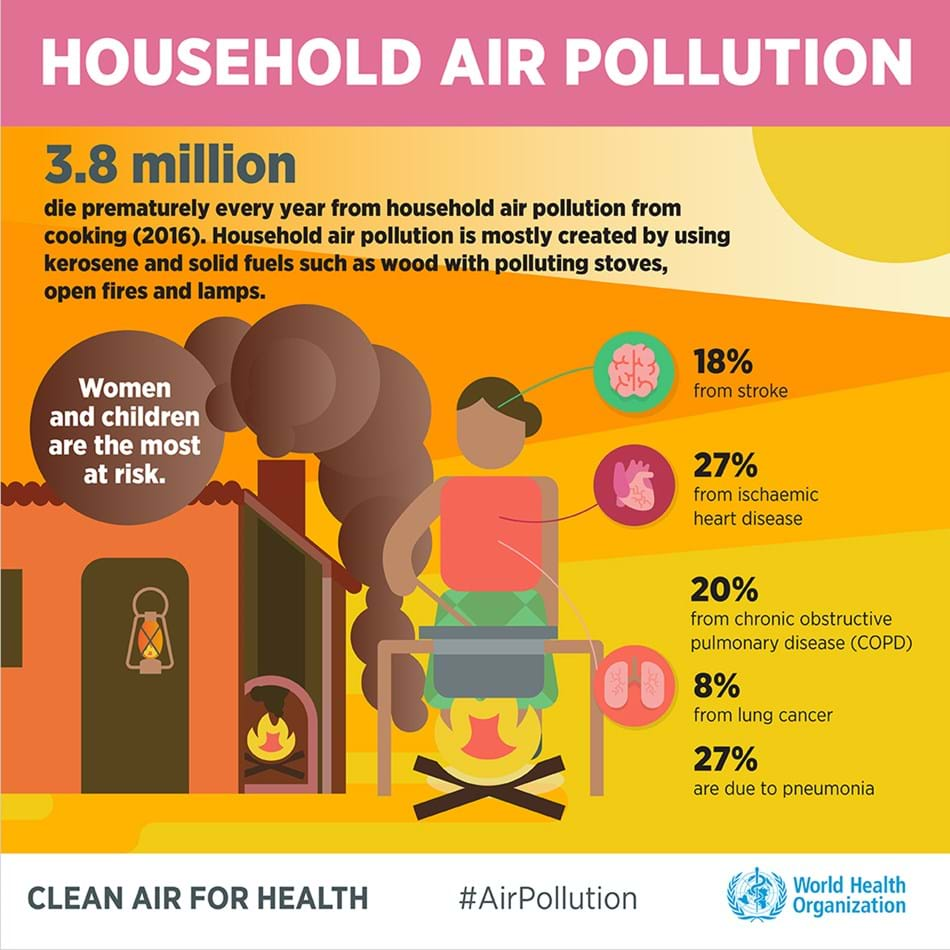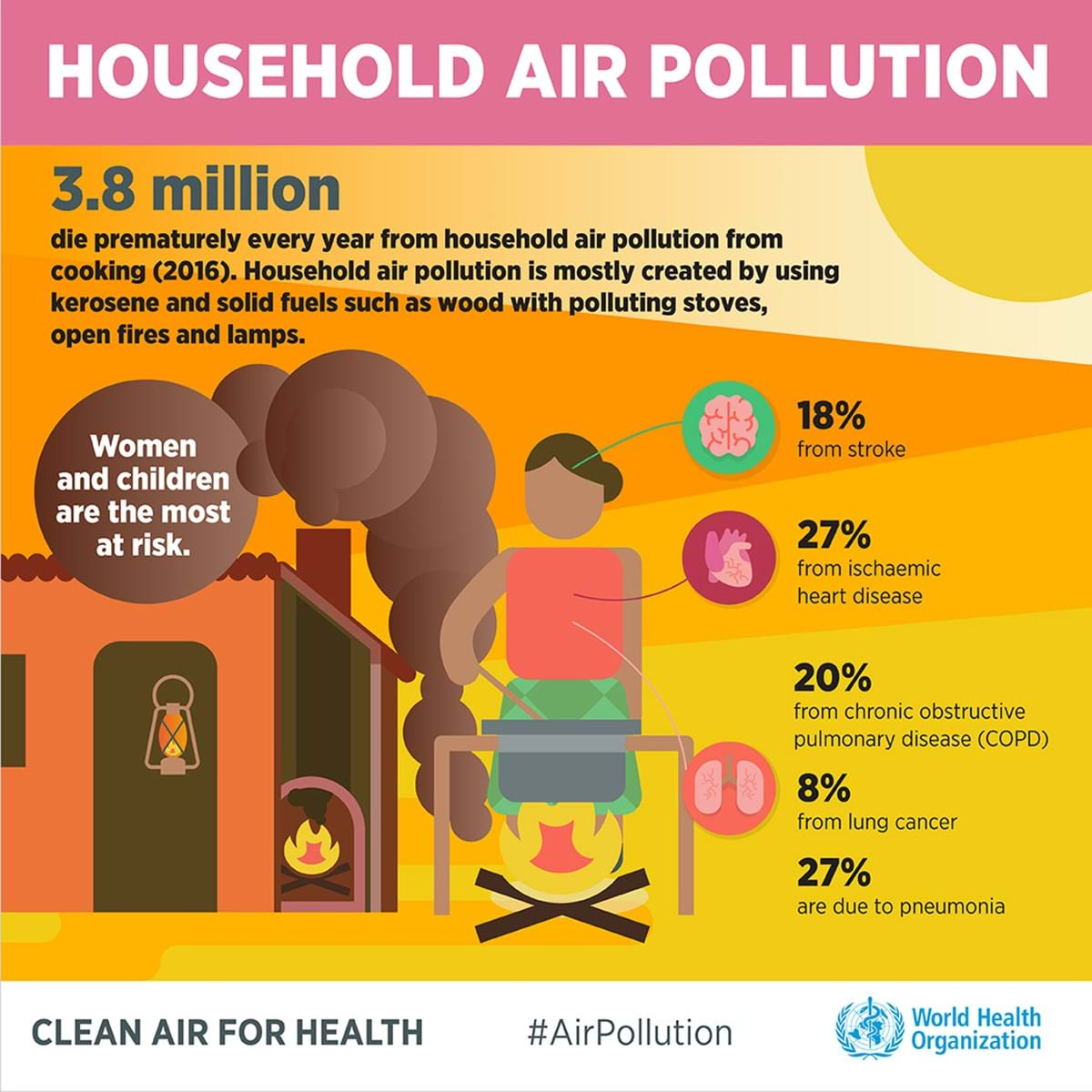As soon as pollutants are present, there is a health impact. Lung disease is the first thing that springs to mind, but air quality affects the entire human body. Poor air quality can increase the risk of developing or aggravating Alzheimer’s disease, certain cancers, heart disease, diabetes, circulatory and skin problems, and many other health conditions.
A number of years ago, the World Health Organization (WHO) issued guidelines recommending a reduction in particulate matter ( PM10) pollution from 70 to 20 micrograms per cubic meter. Currently, the WHO estimates that 9 in 10 people worldwide breathe polluted air. Numerous studies point to the impact that air quality has on health, even in North America and Europe, where we might expect air quality to be better than in countries such as China or India, for example. Particles measuring 2.5 microns or less in diameter, known as PM2.5, can penetrate deep into the body and even reach the brain, potentially affecting a person’s cognitive abilities.

The problem with air pollution is that it is often odorless and invisible to the naked eye. When it shows up as smog, it's already too late.
The effects on health are significant. Every additional 10 micrograms of PM2.5 per cubic meter of ambient air is estimated to increase the death rate by 4%, all causes considered. The rate of increase is 6% for cases of lung and heart disease, and 8% for lung cancer.
In Canada, it’s very difficult to measure the real impact of air quality on the population. The number of instruments collecting data in our cities is limited, in large part because they are expensive to buy, install, operate, and maintain. Pollution sensors need to be recalibrated three or four times a year. As a result, accurate and representative local air quality measurements can be obtained only by investing large sums to increase the spatial density of the measurements taken. This makes it hard to provide local populations with information on air quality in their neighborhoods. Information on air quality is only available at a larger scale.
If cities were to opt for less expensive sensors to increase measurement density, they would end up with data that’s less reliable in the medium and long term, and less accurate in the short term. Minor changes in air quality wouldn’t be accurately detected, making it difficult to establish links between small-scale localized changes and population health in a specific neighborhood.
If accurate and reliable real-time data was available on an ongoing basis, smart cities could rapidly intervene and implement corrective measures in problem areas. They could also promote neighborhoods where air quality was better. Sensors providing this kind of information could also be used to develop applications for those who are directly influenced by air quality in their daily lives, such as athletes planning an outdoor training session or people with chronic illnesses who want to get out of the house.

At INO, we are seeking a partner to help us finalize development of reliable and less costly sensors that cities could deploy in networked configurations to accurately and affordably map air quality at the local level. These small, energy-efficient devices could easily be integrated into existing smart city systems and would be equipped with a self-diagnosing feature capable of reporting any problems to a monitoring center. What’s more, they wouldn’t require calibration, which means much lower maintenance costs.
If population health and quality of life are important priorities for you, and you want to learn more about urban air quality monitoring, get in touch with our team. We offer a simple, well-structured coaching process and support to help you develop a custom solution that meets your needs. Together, we can take action now to enhance the environment and quality of life in our cites.





